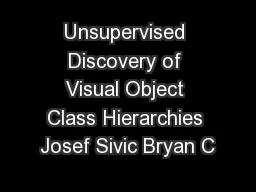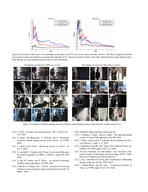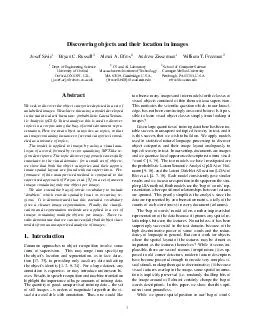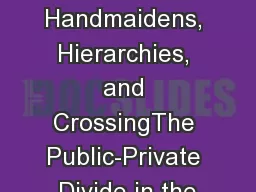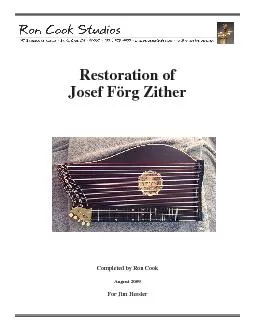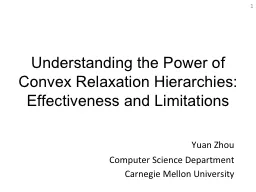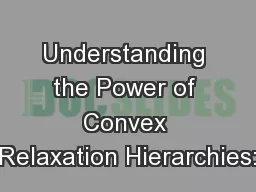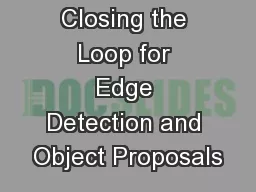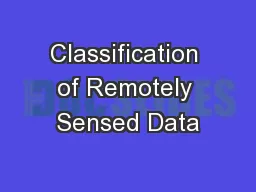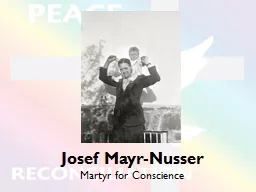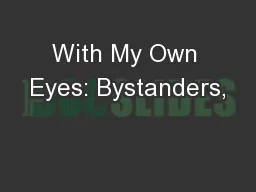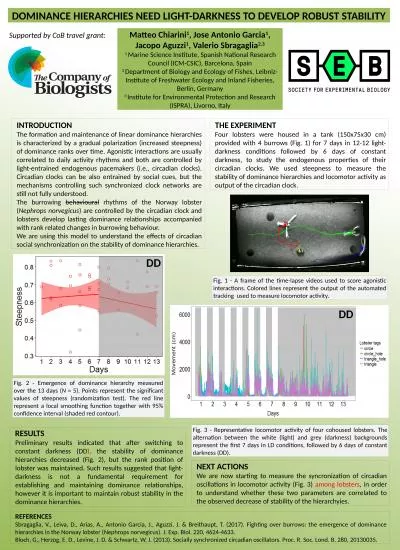PDF-Unsupervised Discovery of Visual Object Class Hierarchies Josef Sivic Bryan C
Author : liane-varnes | Published Date : 2014-12-16
Russell Andrew Zisserman William T Freeman Alexei A Efros INRIA Ecole Normale Sup erieure University of Oxford Massachusetts Institute of Technology Carnegie Mellon
Presentation Embed Code
Download Presentation
Download Presentation The PPT/PDF document "Unsupervised Discovery of Visual Object ..." is the property of its rightful owner. Permission is granted to download and print the materials on this website for personal, non-commercial use only, and to display it on your personal computer provided you do not modify the materials and that you retain all copyright notices contained in the materials. By downloading content from our website, you accept the terms of this agreement.
Unsupervised Discovery of Visual Object Class Hierarchies Josef Sivic Bryan C: Transcript
Download Rules Of Document
"Unsupervised Discovery of Visual Object Class Hierarchies Josef Sivic Bryan C"The content belongs to its owner. You may download and print it for personal use, without modification, and keep all copyright notices. By downloading, you agree to these terms.
Related Documents

